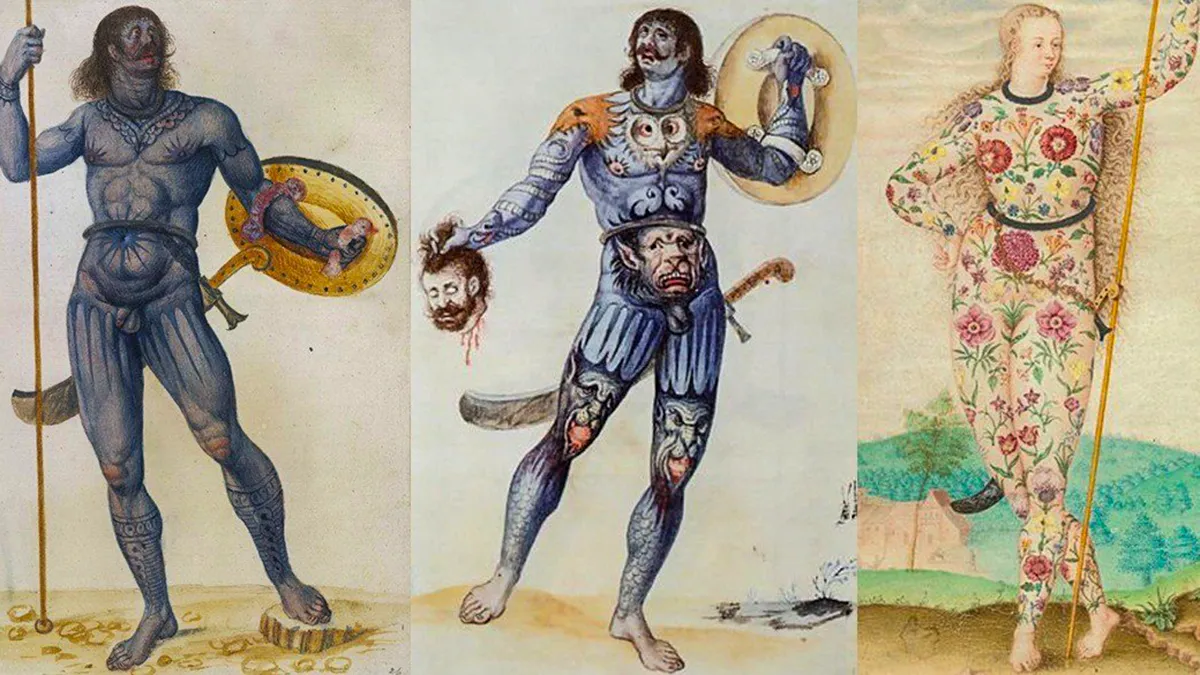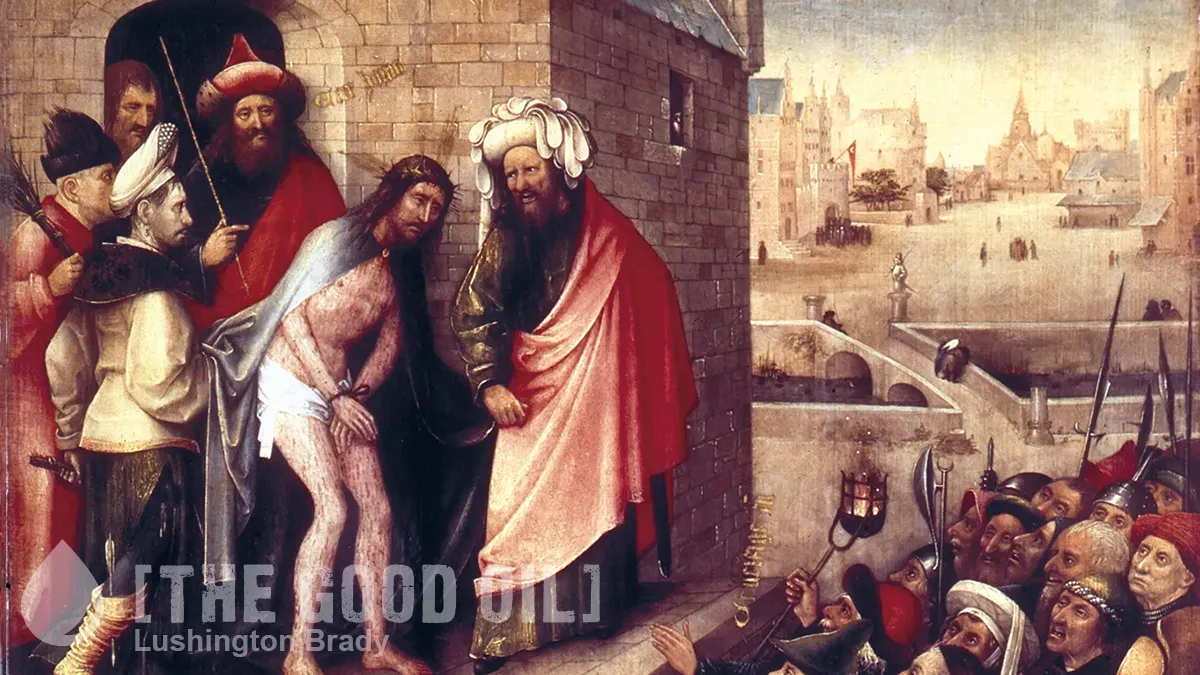We all know the Scots are mad bastards. I mean, they eat haggis and deep-fried everything, swilled down with Irn-Bru, and they invented the Razor Gang. And have you ever tried to understand one of them? Especially when they’re drunk, which is, let’s face it, most of the time.
Even in ancient times, some of the ancestors of the Scots were such mad lads that the Romans, having just conquered another lot of mad bastards who went into battle nude (because, hey, armour is for sissies) threw up their hands and said, ‘Bugger this: just build a wall and keep those savages out.’
When the Roman Empire invaded Britain, they were accustomed to winning. They had conquered every powerful civilization they had yet come into contact with and destroyed any armed opposition with a flash of armor and steel that knew no equal.
Then they went north of the Firth of Forth. Sanctus cacas!
The Romans expected another easy victory against the Picts, a primarily land-based people, going into their first battle. Indeed, the Picts retreated nearly as soon as they’d started fighting, and the Romans declared: “Our troops proved their superiority.”
Famous last words.
While the Romans were setting up camp, the Picts returned pouring out of the woods and seemingly out of thin air. They caught the Romans completely unaware and massacred them.
Time and time again, the Picts would lure the Romans into a false sense of security before striking when their guard was down. For instance, they would often charge the Romans on horseback and immediately retreat, luring the Roman cavalry away from their infantry. Then, a second squad of Picts would leap out of the woods and slaughter any Romans that had been foolish enough to give chase.
Leap out of the woods naked, wearing nothing but blue tattoos and iron chains and torques.
The Picts were so named by the Romans who observed and record them, but as was the case with many ancient peoples, the Picts did not refer to themselves that way. “Pict” is believed to be a derivation of “The Painted,” or “Tattooed People,” which described the blue tattoos with which the Picts covered their bodies.
Julius Caesar himself was fascinated by the culture. Upon meeting them in battle, he recorded that they “dye themselves with woad, which produces a blue color, and makes their appearance in battle more terrible. They wear long hair, and shave every part of the body save the head and the upper lip” […]
Their bodies were otherwise adorned head to toe with colored tattoos, designs, and drawings of animals. Indeed, these designs were so so intricate and beautiful that the Romans believed the reason the Picts didn’t wear clothes was to show them off.
At least, so the Romans tell us. But they may not have been the most reliable chroniclers.
It’s hard to say what life among the Picts was really like. Little Pict writing has survived to this day. The only hints we have come from a scattered handful of relics uncovered in British archaeological digs.
What we’ve found, though, bears little resemblance to the Roman version of the story. The Picts, historians believe, weren’t a particularly warlike people. With the exception of a few cattle raids between neighboring tribes, they lived in relative peace only taking up arms when the Romans forced them to defend their homes.
There is little proof even that they really fought naked. Most of what archaeologists have discovered about the Picts comes from the 5th century or later, but by then, at least, the culture had taken to using linen, wool, and silk. They drew themselves dressed in tunics and coats in pictures.
In other words, after the Romans had imposed 450 years of pacification on the formerly dark and savage British Isles. Sooner or later, the Pax Romana and its civilising influence was going to leak even north of Hadrian’s Wall.
In the end, though, what really pacified the Picts was the Prince of Peace himself.
In the end, it wasn’t the drums of war that toppled the Picts: it was the cross. In 397 AD, Christian missionaries started moving into the Picts’ territory and spread the message of Jesus Christ. One of the most successful individuals in converting the Picts was Saint Columba, who famously won over the clans by banishing a monster they thought dwelled in the River Ness – a story that’s believed to be the basis for the legend of the Loch Ness Monster.
By this time, the Gaels had begun to culturally dominate what is today Scotland. The Picts increasingly adopted the Gaelic language and beliefs. The last Pictish kings were killed – either by the invading Vikings or other Scots – in 843 AD. The acknowledged founder of Scotland, Cinaed mac Ailpin or Kenneth MacAlpin, became the first King of the Scots.
Whoever killed off the Pictish kings, continuous raids by the Vikings forced the Picts to unite with the rest of the Scottish tribes in self-defence.
By the 10th century, their Kingdom was wholly transformed into the Kingdom of Alba, and their own language was replaced by Gaelic. The last traces of a distinct Pict culture were lost.
Tell that to anyone who’s ever heard the dread words, ‘Mon, then!’, in Fife on a Friday night.









